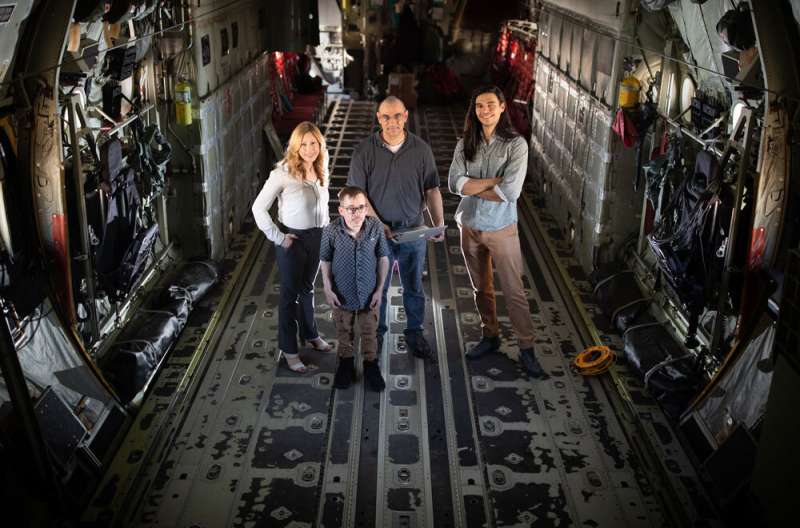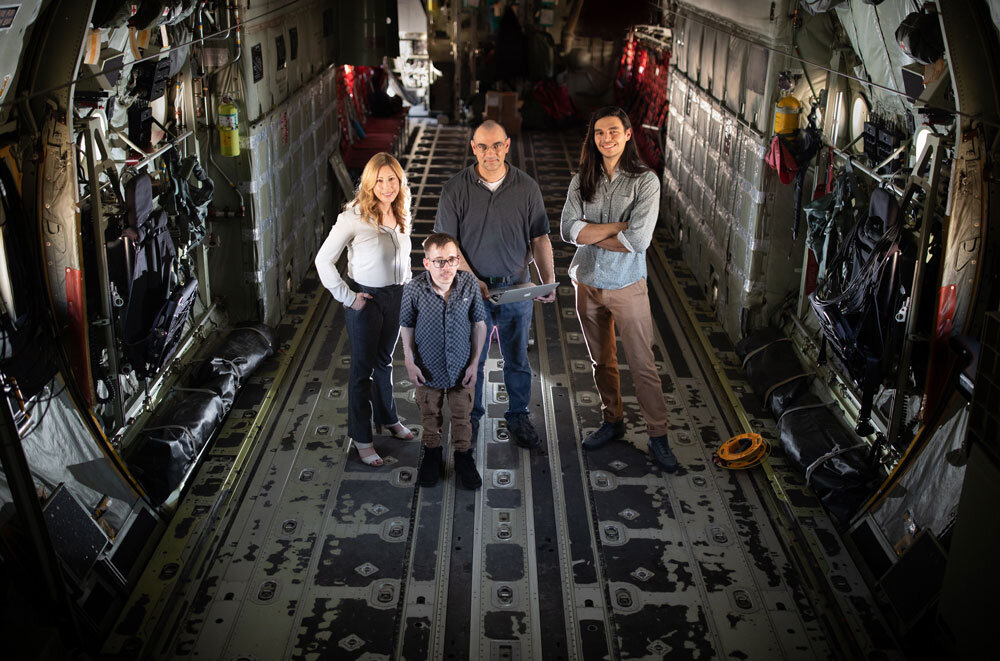Hackers could try to take over a military aircraft; can a cyber shuffle stop them?

A cybersecurity technique that shuffles network addresses like a blackjack dealer shuffles playing cards could effectively befuddle hackers gambling for control of a military jet, commercial airliner or spacecraft, according to new research. However, the research also shows these defenses must be designed to counter increasingly sophisticated algorithms used to break them.
Many aircraft, spacecraft and weapons systems have an onboard computer network known as military standard 1553, commonly referred to as MIL-STD-1553, or even just 1553. The network is a tried-and-true protocol for letting systems like radar, flight controls and the heads-up display talk to each other.
Securing these networks against a cyberattack is a national security imperative, said Chris Jenkins, a Sandia cybersecurity scientist. If a hacker were to take over 1553 midflight, he said, the pilot could lose control of critical aircraft systems, and the impact could be devastating.
Jenkins is not alone in his concerns. Many researchers across the country are designing defenses for systems that utilize the MIL-STD-1553 protocol for command and control. Recently, Jenkins and his team at Sandia partnered with researchers at Purdue University in West Lafayette, Indiana, to test an idea that could secure these critical networks.
Their results, recently published in the scientific journal IEEE Transactions on Dependable and Secure Computing, show that done the right way, a technique already known in cybersecurity circles, called moving target defense, can effectively protect MIL-STD-1553 networks against a machine-learning algorithm.
“When we talk about protecting our…


